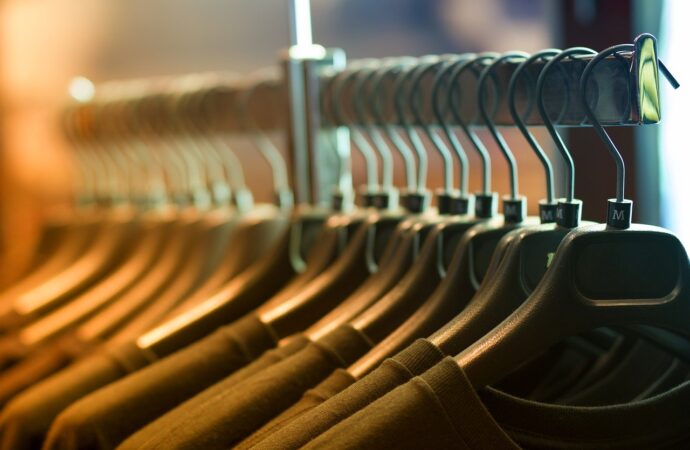The current policy landscape is not stringent enough to tackle the environmental impact of the fashion industry. The supply of unsustainable garments requires more regulation.
We know the environmental impacts of unsustainable fashion
The latest news about the 2.5 trillion USD industry accounting for 10% of global greenhouse gas emissions might have been shocking, but they make sense. The long supply chains and energy intensive production that go hand in hand with affordably priced seasonal garments catalyse environmental problems globally. Most of the damage is being caused during the production and processing phase, where the journey from raw material to garment is a hazardous one.
The core of the issue is that we cannot seem to escape these fabrics. Synthetic materials, sourced from fossil fuel, account for more than 60% of all fibres used as of today. Such textiles are not just non-biodegradable, they even release microplastics into our oceans during the washing processes, affecting the food chain, thereby degrading not just the environment but human health, too. Cotton, a natural, biodegradable fibre, is commonly seen as a sustainable option. On the contrary, the farming and production of it relies on the use of pesticides and extreme amounts of water before the end product is reached. And how about leather, the supply of which is underpinned by the use of chemicals and bringing about excessive amounts of methane through raising cattle? These wardrobe staples are all culprits when it comes to sustainable fashion. As long as the same methods of production and use of fabrics persist for the majority of the supplied garments, we should ensure that the industry’s practices get more sustainable and hold suppliers accountable for heightening unsustainable garments on the market.
How are these impacts currently addressed?
On the merits of the fashion industry’s forecasted increase of emissions by 63% by 2030 and degrading impact on ecosystems and human health, one would expect that progressively stricter rules have been adopted in the recent years, to counter such negative effects. Yet, the current policies leave great margin for industry players and do not equip for reforms that could address the issue’s severity. While the G7’s Fashion Pact earlier this year may have come as a relief that action is being taken, the brands’ commitments to mitigate and adapt to climate change, restore biodiversity and protect the oceans are no obligations. Other initiatives including the Fashion Industry Charter for Climate Action and the UN Alliance for Sustainable Fashion aim to ensure sectoral engagement, but the policy outputs remain voluntary nonetheless. On matters of due diligence and responsible supply chain management in the fashion industry we also find a non-binding guideline for enterprises, compiled by the Organisation for Economic Co-operation and Development and International Labour Organization, which emphasizes that regarding this matter domestic legislation should ‘establish and enforce adequate legal frameworks’.
If we further the discussion by looking at how the biggest importer of apparel, the EU, regulates this industry, we find that Member States and foreign exporters must follow rules on the use of chemicals, product safety, packaging and packaging waste. Such fundamental environmental safeguards have been on the agenda of policy-makers for years, but how about the more progressive notions? As the concept of sustainability is evolving and encompassing more and more diverse factors, establishing an up-to-date and harmonized legal framework seems rather appropriate. Instead, however, we are presented with sporadic voluntary schemes that are perceived as proofs of sustainable manufacturing practices. Certification schemes, such as the Global Organic Textile Standard, OEKO-TEX and EU Ecolabel, are in place to testify textiles’ sustainable manufacturing, while assessment tools, like the Higg Index by Sustainable Apparel Coalition, and labelling, by using e.g. EU Ecolabel, can help characterise products as ‘sustainable apparel’. Nevertheless, because none of these schemes’ use is prescribed by the current policies, accountability is not part of the system yet.
Based on the foregoing, it is evident that some major policy gaps need to be filled urgently, if we are to tackle drastic environmental challenges like climate change. To fill those gaps, standardisation alone might not be enough. Thus, one could suggest that introducing a tax or limitation on the use of (new) synthetic fibres would be in line with current efforts addressing plastic pollution, such as the EU’s recent ban on a number of single-use plastic items, considering that primary sources of marine litter include microplastics. Also, incentivising more sustainable farming and production through subsidies, like the EU offered to boost sustainable farming in select countries, could promote environmental sustainability and economic development, too. By strengthening and making the current schemes mandatory, the sustainability goals of the fashion industry could just be achieved in time.
14 comments












